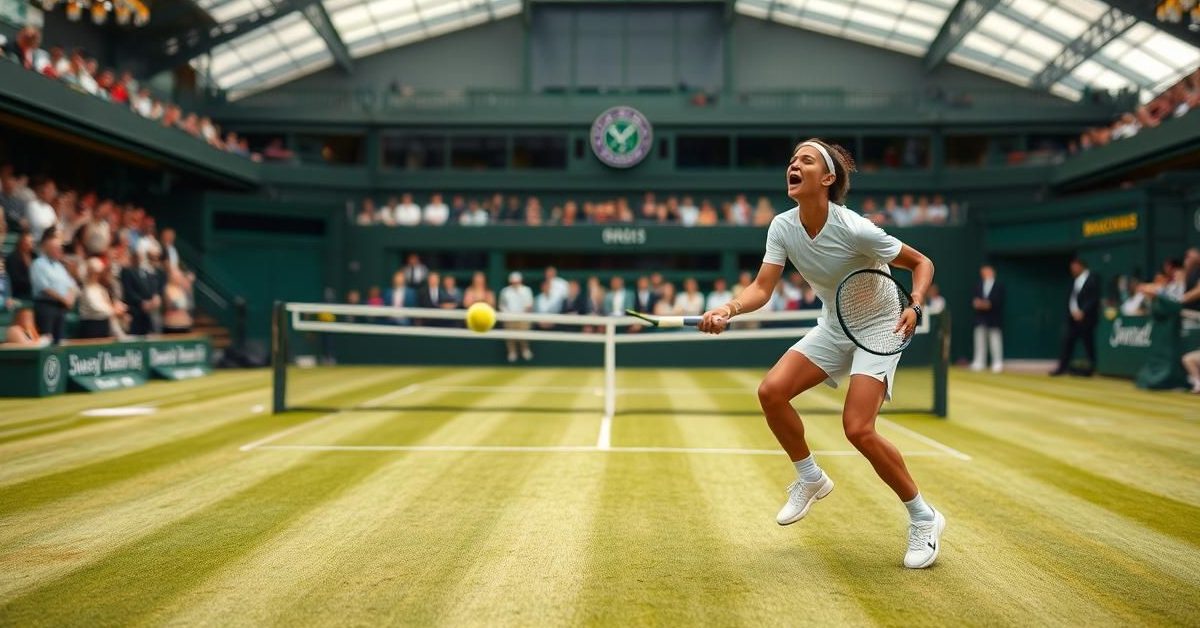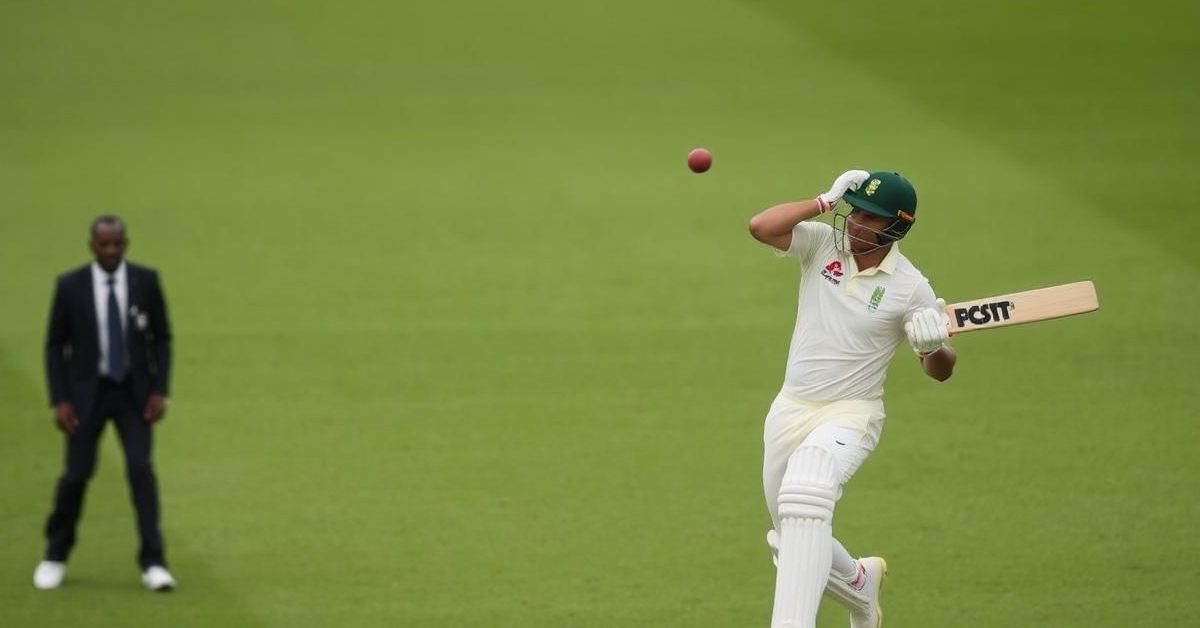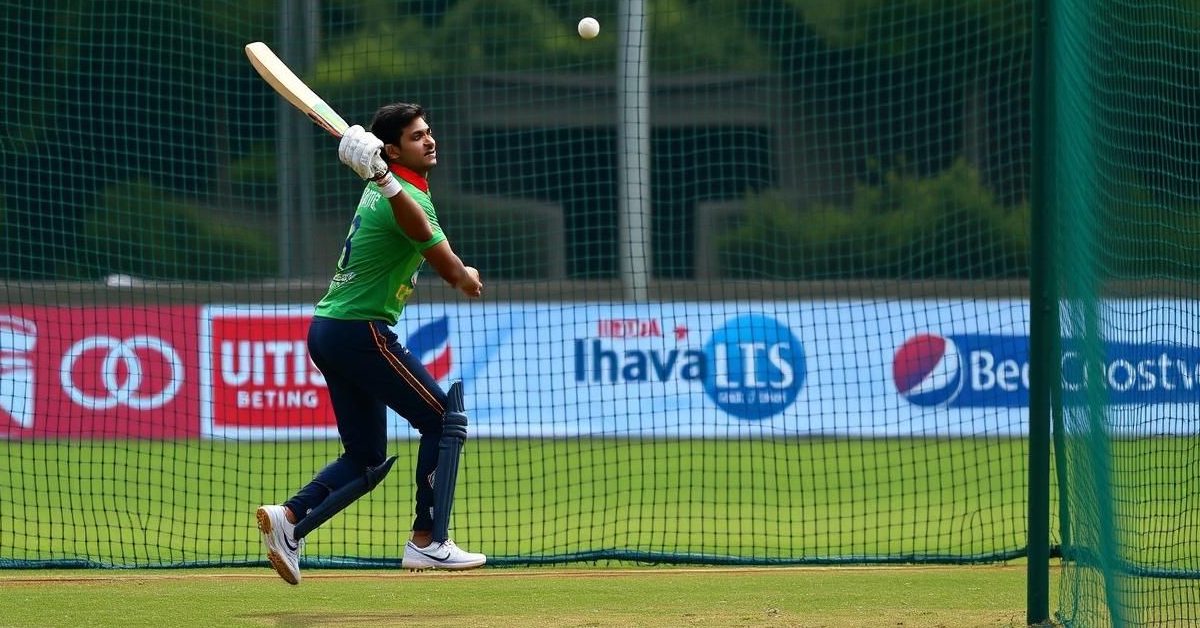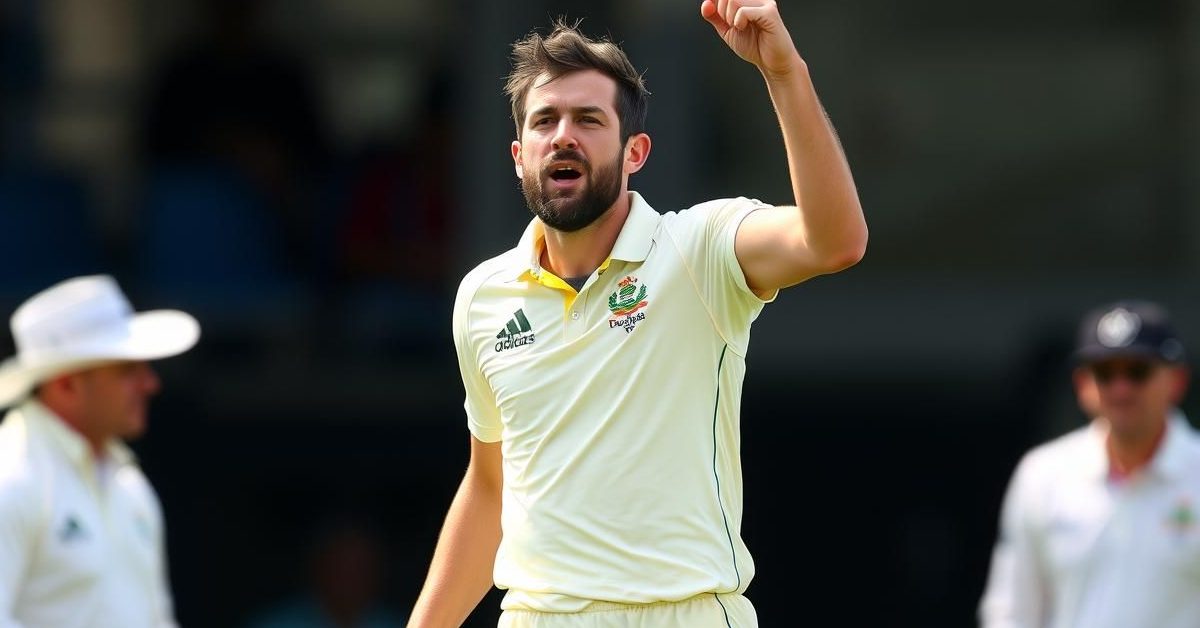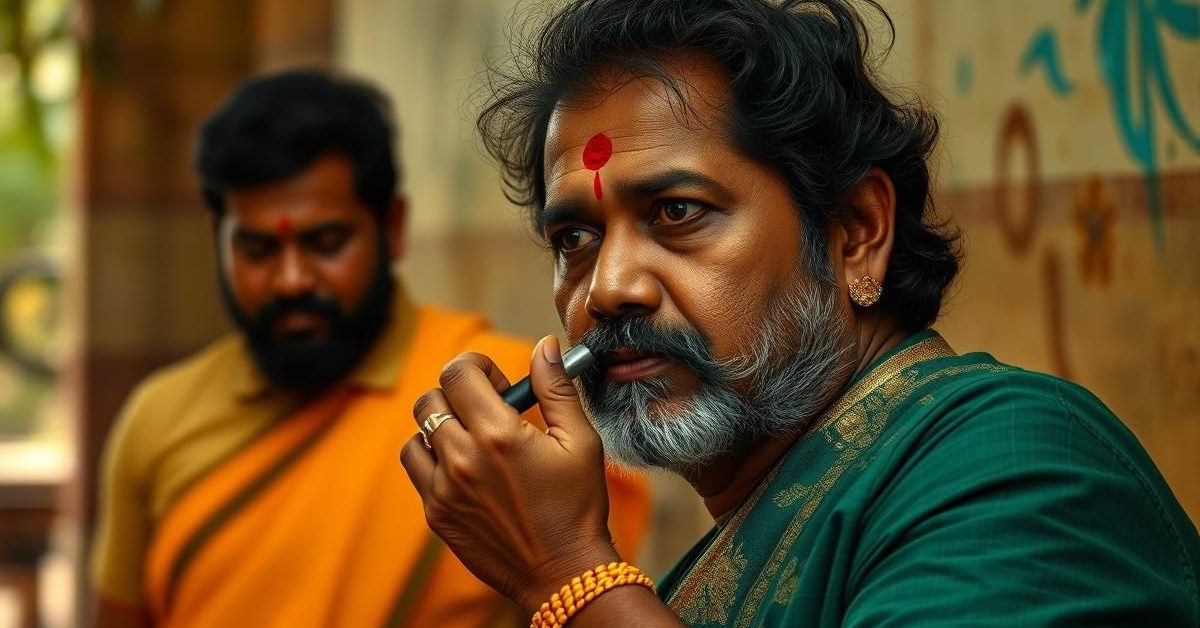Wimbledon, synonymous with pristine grass courts and time-honored traditions, witnessed a monumental shift on its opening day as electronic line calls officially replaced the venerable human line judges. This poignant change, marking the end of a 147-year-old practice, has brought a new sonic landscape to the All England Club, prompting immediate reactions from players navigating the initial matches. While the precision of artificial intelligence promised infallibility, early feedback centered on the volume of these new, disembodied voices, challenging players’ ingrained auditory cues.
The AI Revolution Hits the Courts: Unpacking Hawk-Eye Live
At the heart of this technological overhaul is the advanced Hawk-Eye Live system, a sophisticated AI-powered solution. This system leverages an impressive network of up to 18 high-speed cameras meticulously tracking the ball’s every trajectory across the court. Developers behind the innovation assert that the software can determine whether a ball is in or out and issue a notification within an astonishing tenth of a second. However, in a quintessential Wimbledon twist designed to preserve a semblance of its unique heritage, these instantaneous digital verdicts are then vocalized not by a generic synthetic voice, but through pre-recorded announcements from the All England Club’s very own staff.
Players React: Adjusting to the New Sonic Landscape
The initial day of play revealed a period of adjustment for the athletes. China’s Yuan Yue, who competed against Germany’s Eva Lys on Court 8, a bustling outside court, articulated a common concern. “The voice, I cannot really hear it, it is a bit too low,” she observed. Yue recounted asking the referee to increase the volume, only to be told it wasn’t possible, though the official offered to personally relay the calls. She expressed a clear preference for the umpire’s more commanding presence, stating, “The umpire’s voice is a lot more loud than the automatic one so we can hear that clearly.”
Fellow player Jelena Ostapenko echoed the sentiment regarding the low volume, though she largely found the new system acceptable. She noted how the issue became particularly pronounced during high-stakes moments. “I hit a few shots that were at a pretty big moment and the crowd kind of went nuts, so maybe I lost it a bit in that,” Ostapenko explained, highlighting how the roar of the crowd could easily drown out the electronic announcements.
The Human Element: Voices of Wimbledon’s Past and Present
A distinctive aspect of Wimbledon’s transition is its attempt to infuse the automated calls with a human essence. On Court 18, during the first-round clash between UK’s Cameron Norrie and Spain’s Roberto Bautista Agut, the “fault” calls resonated in the voice of a ballboy, while “out” calls were delivered by adult male and female voices from within the All England Club. This nuanced approach reflects an effort to maintain a human connection amidst the technological advancement, despite the immediate volume challenges.
Cameron Norrie himself acknowledged the shift with a pragmatic perspective, focusing on the undeniable accuracy of the new system. “As a player, it’s pretty black or white with the calls. In, out… there’s no mistake, nothing happening,” he remarked, appreciating the removal of any potential for human error or dispute. Yet, he also expressed empathy for the displaced line judges, admitting, “Definitely you’ve got to feel for those linesmen and those people. That’s a bit tough for them.”
Tradition Meets Technology: The All England Club’s Rationale
Sally Bolton, Chief Executive of the All England Club, articulated the rationale behind this significant change. She emphasized that the decision was driven by an imperative to evolve and provide the most effective and precise line calling possible, rather than a cost-cutting measure. “It’s not a money‑saving exercise, the technology investment we’ve had to make to deliver electronic line calling is not insignificant,” Bolton clarified. She stressed the club’s appreciation for the long-standing service of the line judges, revealing that around 80 of them have transitioned into new roles as “match assistants,” supporting the chair umpire and maintaining a valuable presence within the championships.
Beyond the Baseline: Fan Sentiments and the Future of Officiating
Beyond the player experience, the technological leap stirred reactions among the fan base. Outside the hallowed grounds, some spectators voiced their concerns through protest signs, lamenting the perceived loss of human jobs to automation. This sentiment underscores a broader societal debate about the role of technology in traditionally human-centric fields. As Wimbledon embraces this new era, the balance between preserving its cherished history and pushing the boundaries of technological integration will undoubtedly continue to shape the experience for players, officials, and fans alike.
